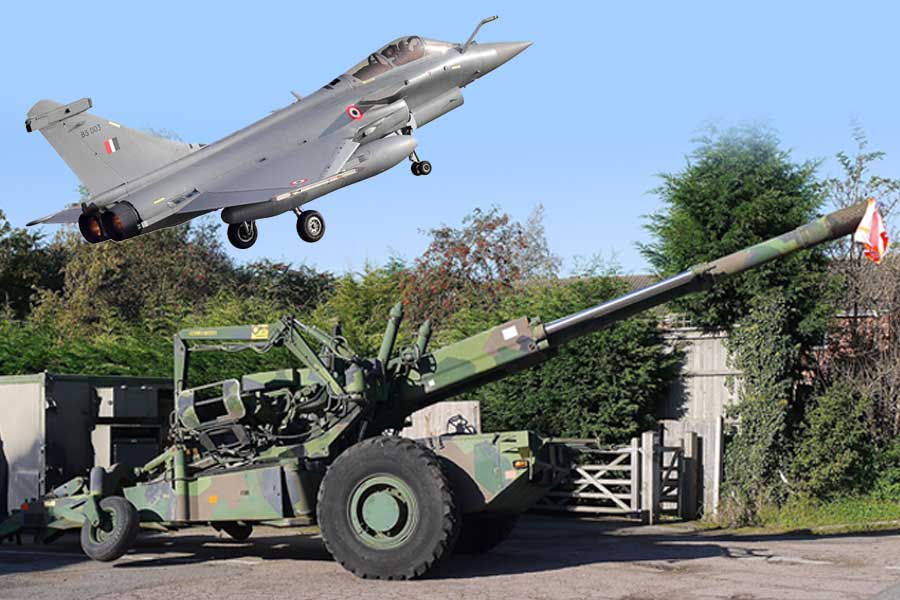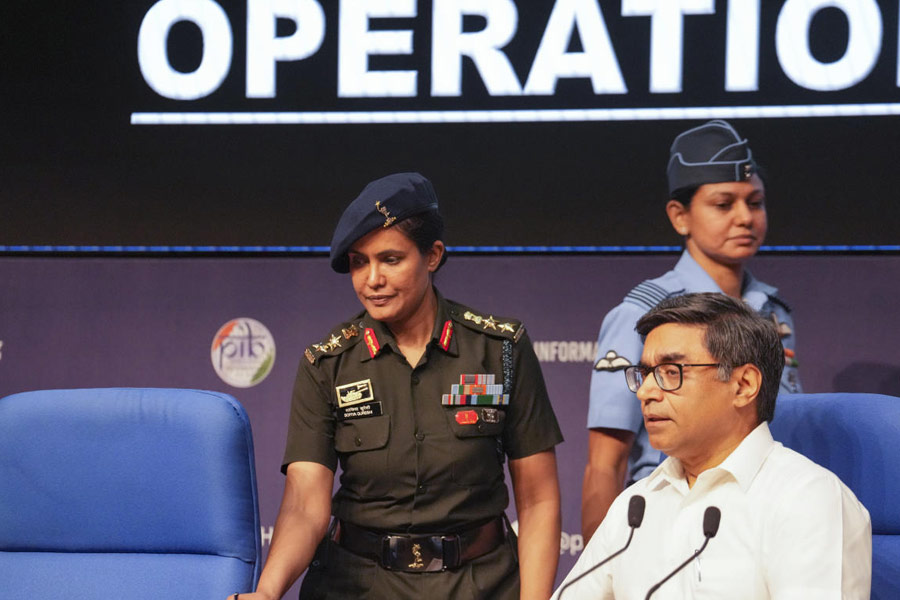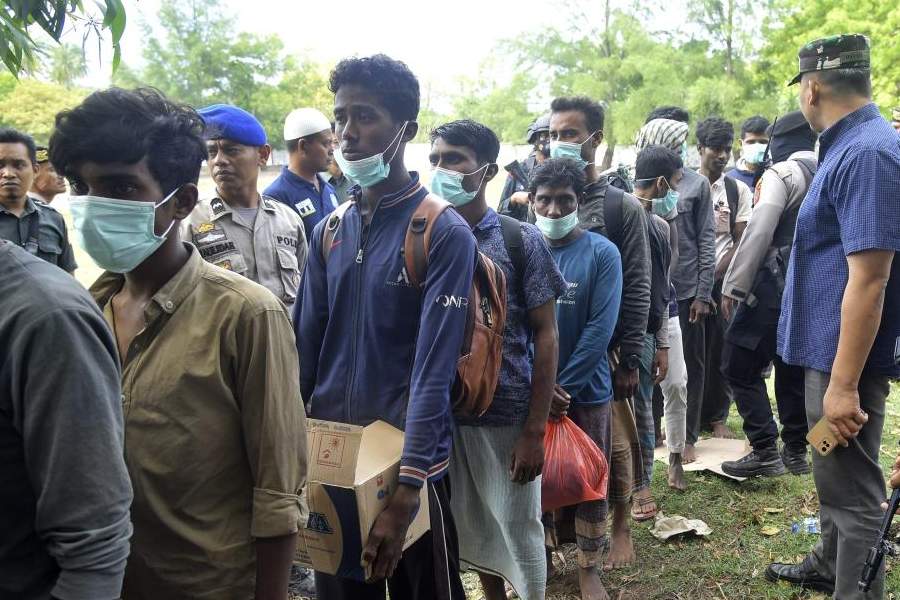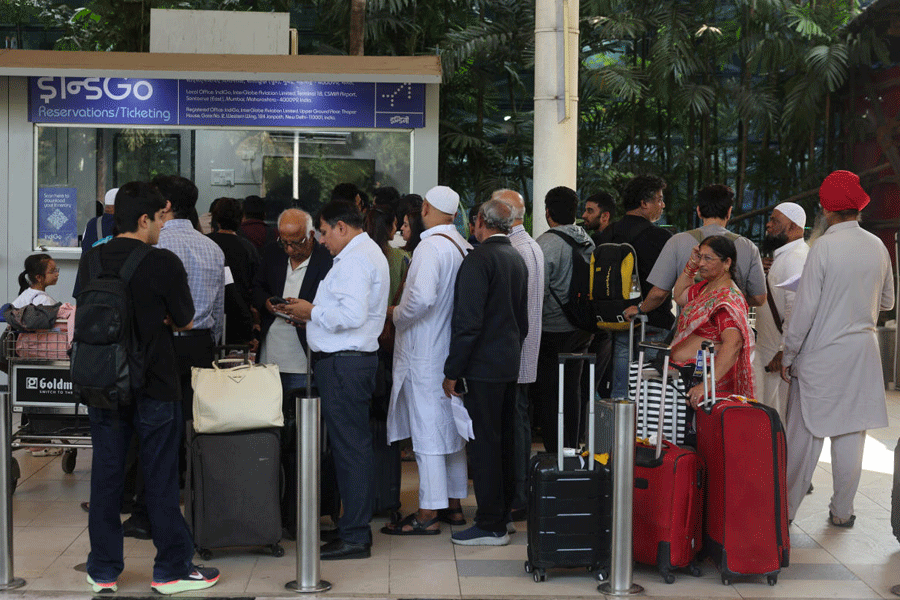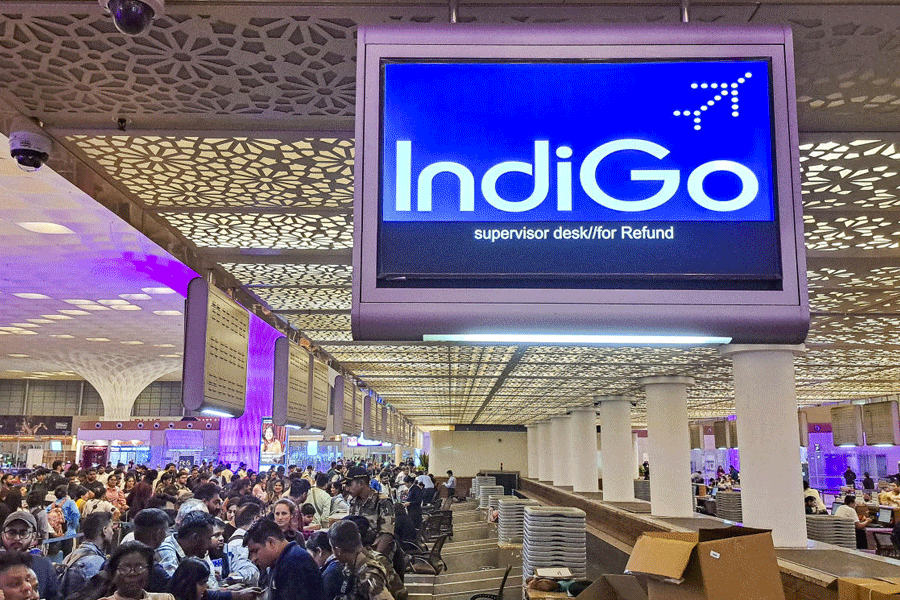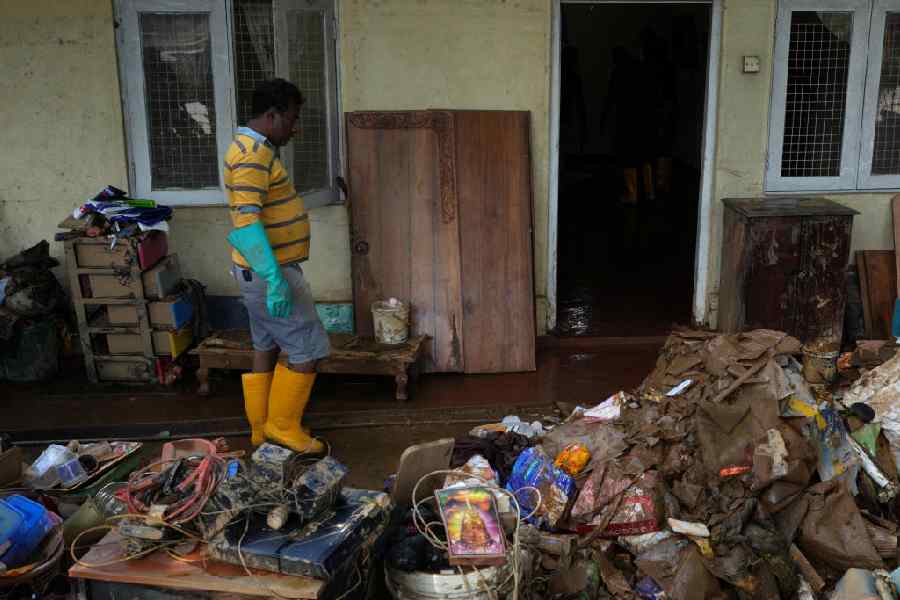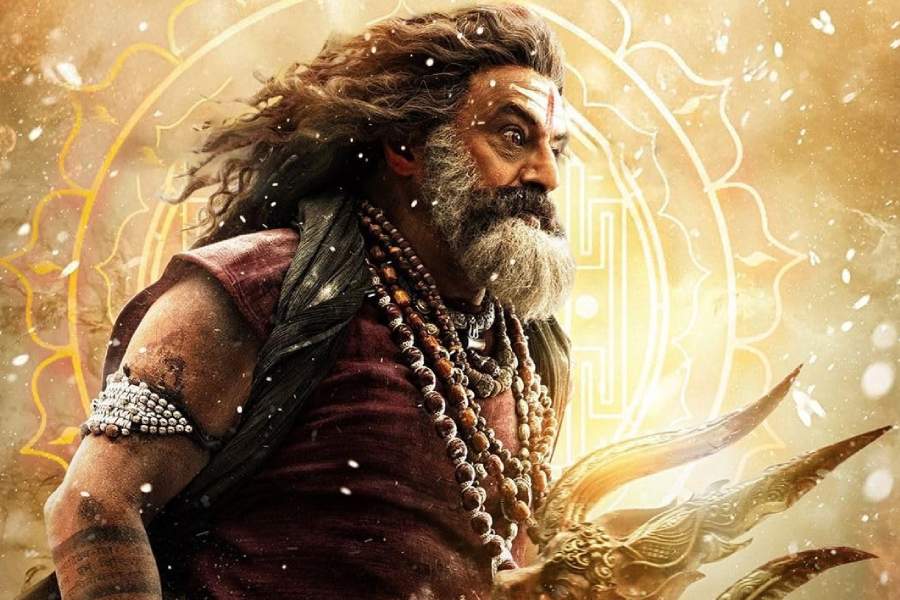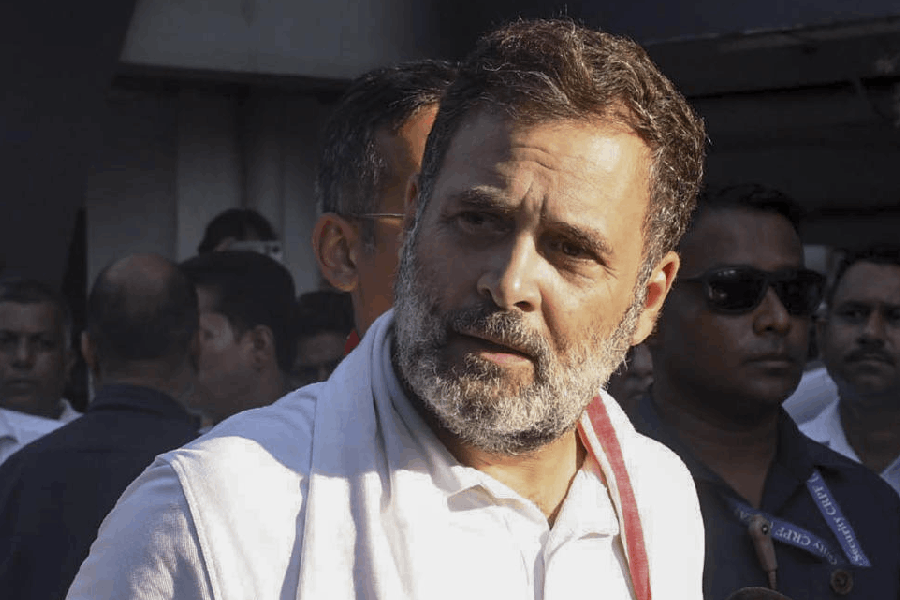Two lethal weapons, both mired in controversy, have been mainstays of India’s military in two key confrontations with Pakistan.
Nearly three decades stand between the Bofors gun and the Rafale jet. One denied the late former Prime Minister Rajiv Gandhi a second term, the other controversy still rages on.
In the early hours of Wednesday, the Indian Air Force deployed Rafale fighter jets equipped with SCALP cruise missiles and HAMMER precision-guided missiles that took out nine bases of terrorist organisations that have held India and the world to ransom.
In 1989, then Prime Minister Rajiv Gandhi claimed his innocence in the alleged kickbacks on the Bofors gun scam, but could not save his government. Thirty years later, ahead of the 2019 Lok Sabha polls, Prime Minister Narendra Modi denied all allegations of bribery and favouritism in the Rafale deal and returned to a triumphant second term.
The Congress had claimed the UPA government had finalised the deal at Rs 526 crore, which was renegotiated by the Modi government and settled at Rs 1,670 crore for each aircraft.
In October 2016, a month before the Indian government signed a Rs 59,000-crore deal with Dassault Aviation, the French company had announced a joint venture with businessman Anil Ambani.
Two years later former French President Francois Hollande revealed the Indian offset partner Reliance was referred to by India, and he “had no choice.”
Petitions to investigate the Rafale deal were dismissed by the Supreme Court. As the Lok Sabha polls neared reports of differences between the PMO and ministry of defence then headed by the late Manohar Parrikar had also surfaced.
Two days ago Congress leader Ajay Rai had asked when the Modi government would deploy the Rafale jets “lying in the hangars with lemon and chillies around them.”
Rai and others demanding a strong action against the terror hubs in Pakistan got their reply in the wee hours of Wednesday when the jets went into action.
Four decades ago, the BJP and other parties were on the streets screaming “Rajiv Gandhi chor hai” over the alleged kickbacks in the Bofors purchase.
The Rajiv Gandhi government had in March 1986 signed a contract with AB Bofors for the supply of 400 field guns, 155mm howitzers for the Indian Army at Rs 1,437 crore.
A year later, Swedish Radio claimed the Swedish arms major had paid kickbacks to Indian politicians and defence officials through intermediaries and offshore accounts.
Corruption or not, the Bofors gun, the FH77B howitzer 155mm field artillery gun, became a key weapon in the Kargil war of 1999. With a range of over 35 km, the Bofors howitzer could fire three rounds in 12 seconds, target enemy positions at nearly 90-degree angles from vantage positions.
It proved a game-changer for the Indian Army targeting the Pakistani posts.
Even at a height of 8,000m the guns effectively delivered rapid-fire artillery rounds and neutralised the Pakistani positions.

